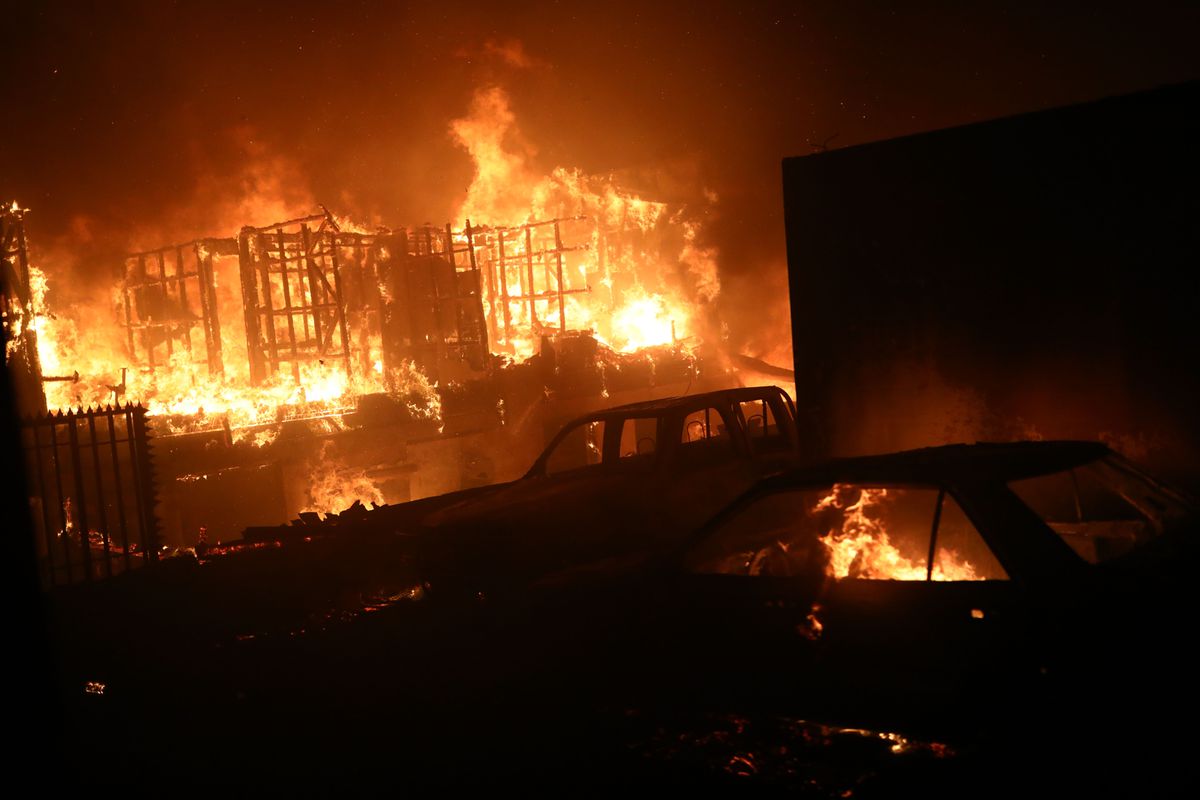This is not the first time that Aubervilliers has been affected in this way. On Tuesday, the warehouse of a company producing underwear of the lingerie brand Valege, in the city of Seine-Saint-Denis, was the victim of a fire so powerful that it was visible for miles around. And especially from the center of Paris. The employees of the warehouse, located at the corner of rue Sadi Carnot and avenue Félix Faure, evacuated the site as soon as the first flames arrived. If no injuries are to be deplored, the authorities are reassuring for the moment: the fire "should not present a toxic danger," says the prefecture. In the summer of 2020, fires had already broken out in another depot on the same street. But then why are these fires repeated in the textile industry?
It should be noted that this sector is used to using different materials such as natural or artificial fibers for its production, a major source of combustion. "The production of fabrics carries many fire hazards. Sparks, glowing embers or superheated particles can be generated throughout the production chain and easily cause fires and dust explosions," explains Fafus-grecon, a company specializing in fire prevention.
See alsoEU countries want to ban the destruction of unsold clothes
More specifically, "the main characteristics of textiles are their properties related to flammability, flame propagation, heat production and the release of toxic combustion products," says the Encyclopedia of Safety and Health at Work. Textiles therefore present a fire hazard as they are produced and processed. What for? Because "most synthetic fibers melt under the effect of heat, easily catch fire, burn intensely, sink while burning, and give off considerable amounts of smoke and toxic gases.
»And as a study by the National Archives explains, these fires are nothing new in terms of workers' history. "At the beginning of the nineteenth century, in the northern, eastern and western France where the textile industry was established and mechanized at a forced march, fires numbered in the hundreds," says this document. While some are devastating, most cause only modest damage, but they are gradually shaping the organization of work and the equipment of factories."
And to add: "Very quickly, the textile employers realize that the human factor must not be neglected: when the fire starts, it is often explained by the negligence of a worker who would have smoked in the workshop, would have fallen asleep or would not have respected the instructions." If fires continued for several decades, prevention policies in companies were then deployed from the mid-twentieth century. Visual campaigns or specific equipment then made it possible to reduce incidents and fire risks.










/cloudfront-eu-central-1.images.arcpublishing.com/prisa/KMEYMJKESBAZBE4MRBAM4TGHIQ.jpg)


/cloudfront-eu-central-1.images.arcpublishing.com/prisa/EXJQILQR5QI7OMVRTERD7AEZAU.jpg)
